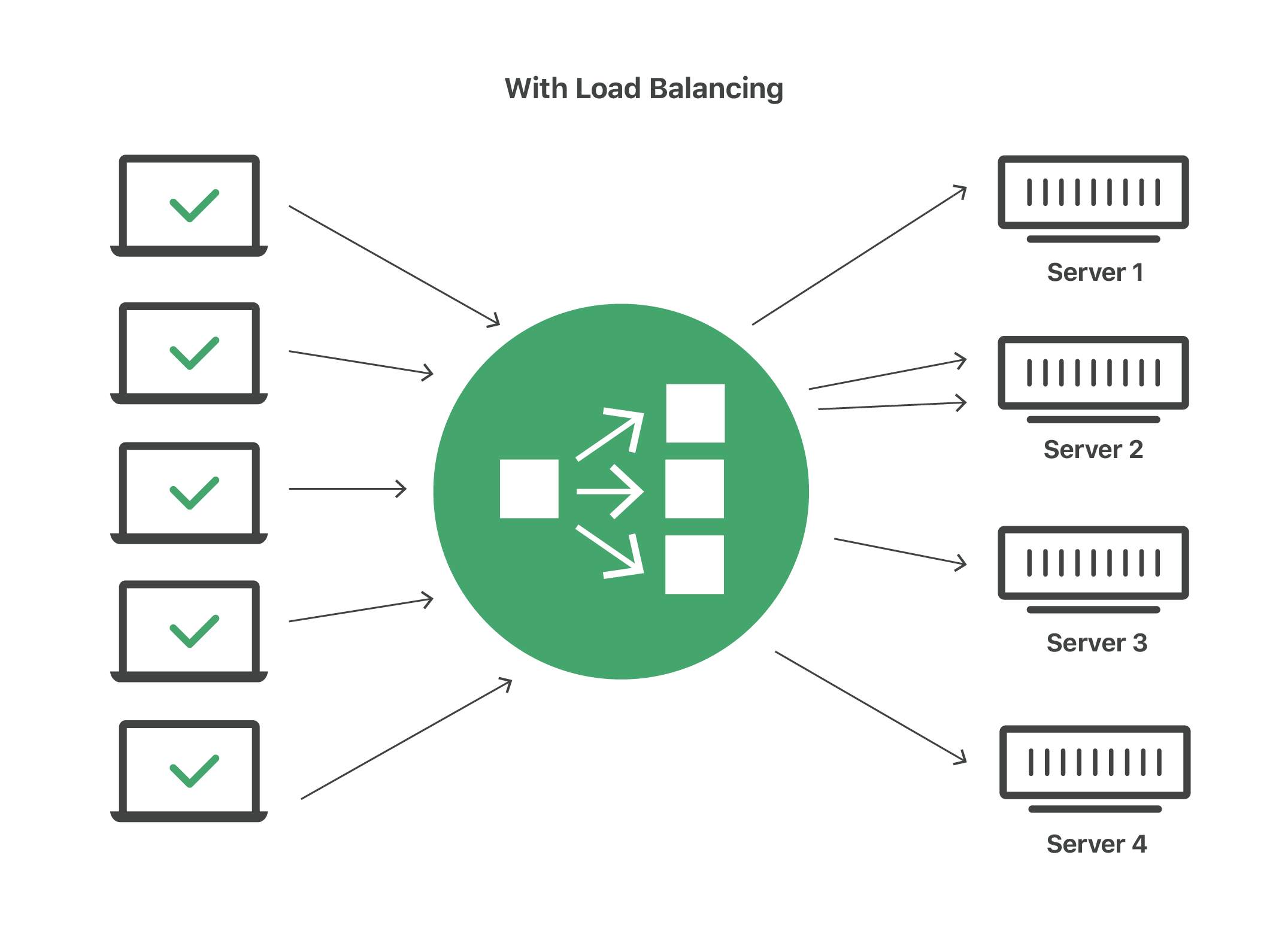
Load balancers are an essential component of distributed systems, providing an efficient way to distribute workloads across multiple computing resources. Load balancers are used to ensure that the load on each server or system is balanced, allowing for optimal performance and utilization of resources. In this article, we'll explore what load balancers are and the different types of load balancers available, as well as why they are required in distributed systems.
A load balancer is a device or software application that distributes workloads across multiple computing resources. It is used to ensure that the load on each server or system is balanced, allowing for optimal performance and utilization of resources. Load balancers are typically used in distributed systems, such as web servers, to ensure that traffic is distributed evenly across resources and that no single resource is overburdened.
Load balancers work by monitoring the resource usage of each server or system in the distributed system. When a request is made, the load balancer will assess the resource usage of each server or system and determine which one is best suited to handle the request. The load balancer then forwards the request to the appropriate server or system.
There are several different types of load balancers available, each of which is suited to different types of distributed systems. The most common types of load balancers are hardware-based, software-based, and virtualized.
Hardware-based load balancers are physical devices that are installed in the network. They are typically used in large distributed systems, such as web servers, to ensure that traffic is distributed evenly across resources. Hardware-based load balancers are typically more expensive than software-based or virtualized load balancers, but they offer greater flexibility and scalability.
Software-based load balancers are software applications that are installed on each server or system in the distributed system. They are typically used in smaller distributed systems, such as application servers, to ensure that traffic is distributed evenly across resources. Software-based load balancers are typically less expensive than hardware-based load balancers, but they offer less flexibility and scalability.
Virtualized load balancers are virtual machines that are installed on each server or system in the distributed system. They are typically used in larger distributed systems, such as web servers, to ensure that traffic is distributed evenly across resources. Virtualized load balancers are typically more expensive than software-based or hardware-based load balancers, but they offer greater flexibility and scalability.
Load balancers are an essential component of distributed systems, providing an efficient way to distribute workloads across multiple computing resources. Load balancers are used to ensure that the load on each server or system is balanced, allowing for optimal performance and utilization of resources. By monitoring the resource usage of each server or system in the distributed system, the load balancer can ensure that requests are sent to the most appropriate server or system, allowing for optimal performance and utilization of resources.
